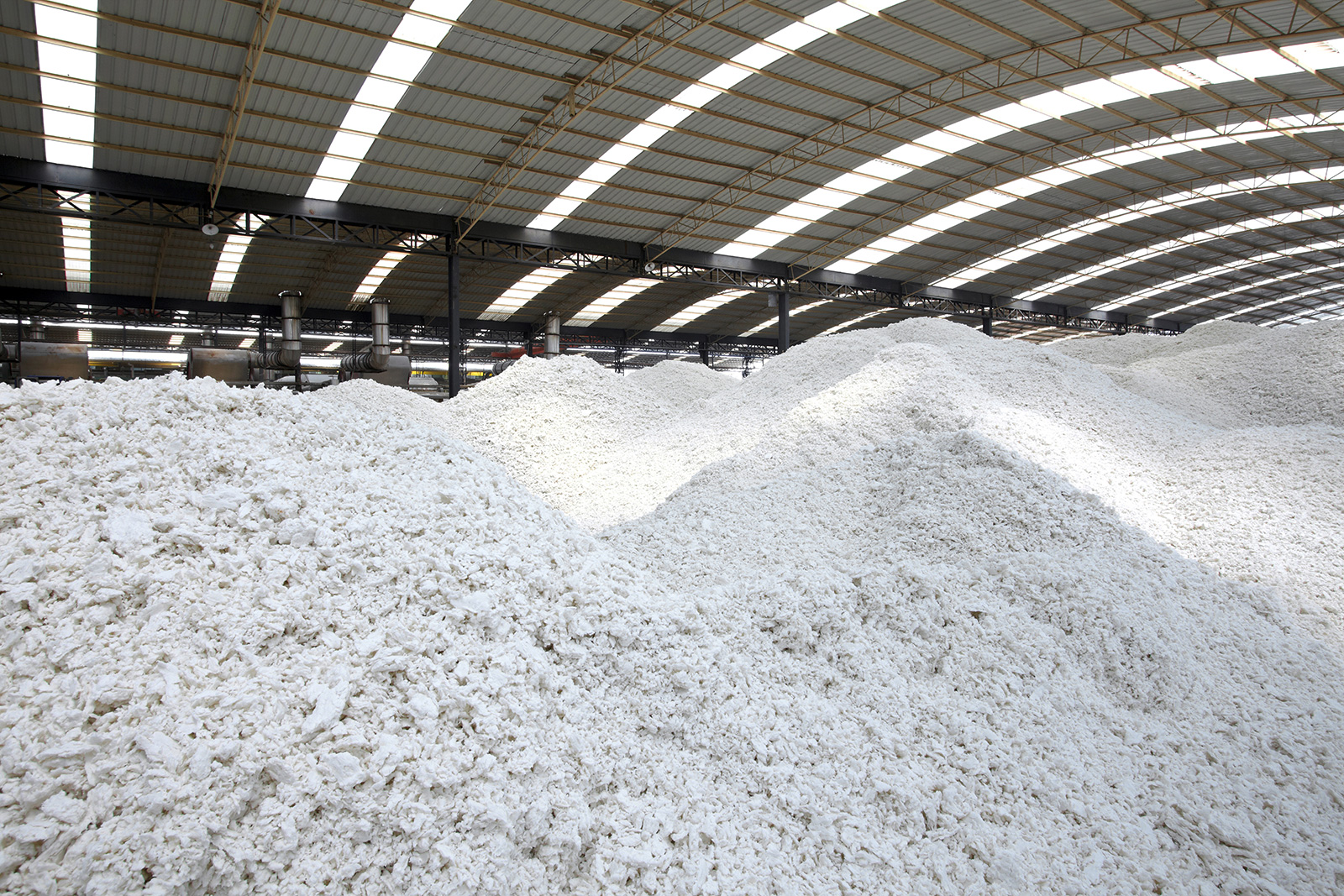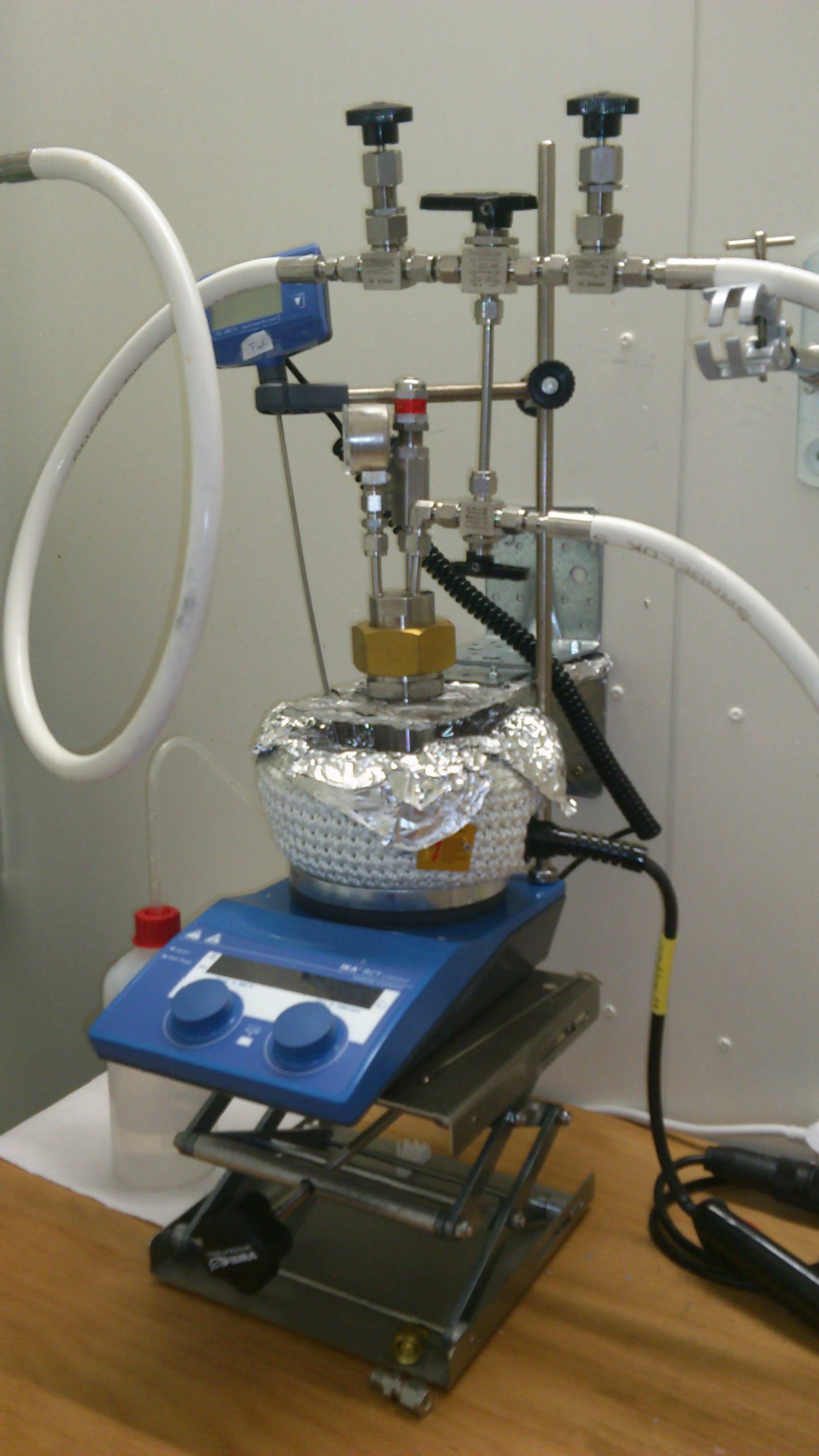Terpenes as raw materials
Biomass is gaining more and more importance as a feedstock for the production of bulk and fine chemicals, thus replacing the limited supply of fossil resources such as oil or gas. Terpenes, for example, have been used for centuries as essential oils in medicine and for flavors and fragrances. They are abundant and inexpensive as they accumulate as waste streams in industrial processes such as cellulose production from conifers, making them an ideal starting point for the development of new chemicals and materials. BioCat focuses on the development of new catalytic processes for the targeted functionalization of terpenes in order to produce novel bulk and fine chemicals.
New polyfunctional bio-derived molecules from waste streams are interesting as a replacement for existing products obtained from fossil resources but also for the development of new materials. Our aim is therefore to develop more chemo-enzymatic processes for the production of new molecules. The first processes are already upscaled for the production of larger quantities of these molecules, which are then used for application tests by our customers. At the same time we are working on solutions for the simultaneous application of chemo- and biocatalysts in a one-pot reaction.
Chemo-enzymatic catalysis
The selective functionalization of terpenes is a major challenge which can be addressed by combining biotechnological and chemical catalysts. To achieve this, BioCat uses P450 monooxygenases from natural and engineered enzyme libraries for the stereo- and regioselective oxyfunctionalization of terpenes. The targeted introduction of hydroxyl groups can already lead to a new product although the further modification of these hydroxyl groups by chemical synthesis results in a much broader product portfolio. Through oxidation and amination bio-derived mono-, di- and polyamines can be synthesized to create interesting building blocks for the chemical industry.
New catalytic processes for the production of novel molecules
The combination of P450 monooxygenase with an alcohol dehydrogenase resulted in an enzymatic cofactor neutral and a very efficient production process for diketocamphene. The further reduction of this molecule to a diol was successfully performed with a ruthenium-based catalyst. Besides, the amination of the diketone to the corresponding diamine was performed using a palladium catalyst. Therefore the combination of a natural enzymatic system from Pseudomonas putida with heterogeneous catalysts led to the production of new camphor-based bifunctional molecules.
Purification and analysis
GC as well as HPLC specific protocols for the selective detection of the synthesized functional groups were established and validated for the analysis of these new compounds. We also used NMR analysis to determine the configuration of the products. For this task and for future application tests by our customers, the molecules have to be purified from the synthesis broth. A quick and easy extraction process was developed for this purpose.
 Fraunhofer Institute for Interfacial Engineering and Biotechnology IGB
Fraunhofer Institute for Interfacial Engineering and Biotechnology IGB
